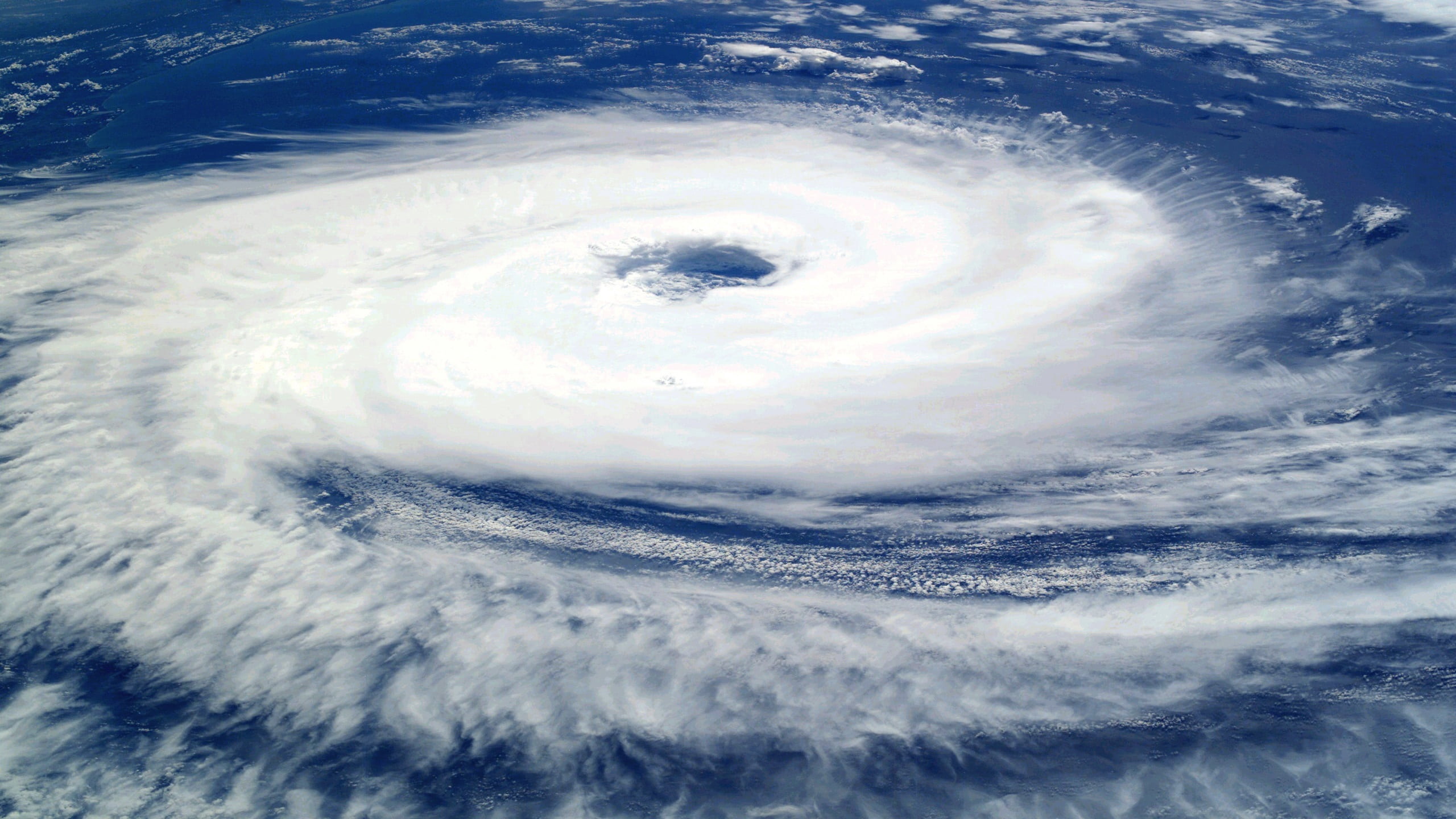Media release
From:
AI model outperforms existing Earth system forecasts
An AI model, developed by Microsoft, that can outperform existing Earth system forecasts is reported in Nature. The model, named Aurora, could enable more accurate and efficient forecasting of air quality, tropical cyclone paths, and ocean wave dynamics, as well as high-resolution weather forecasting.
Earth system forecasts provide information on a range of processes — such as weather, air quality, ocean currents, sea ice, and hurricanes — and serve as integral tools for providing early warnings for extreme events. The forecasts rely on complex models built on decades of data, which are computationally demanding — often requiring supercomputers and entire teams to maintain them. Recent advances in AI technology have shown promise in predictive performance and efficiency; however, their use in Earth system forecasting has not been fully explored.
Paris Perdikaris and colleagues present Aurora, an AI model trained on over 1 million hours of geophysical data. Aurora outperforms existing models on air quality, ocean waves, tropical cyclone tracks, and high-resolution weather at a lower computational cost than current forecasting methods. The authors report that Aurora performed better than seven forecasting centres on 5-day cyclone track predictions on 100% of the targets measured and on 92% of the targets for 10-day weather forecasts. The experiments required to train Aurora took around 4–8 weeks from start to finish, compared to the years currently needed to develop baseline models. The authors note that this timeline was achievable only because of the previously accumulated data from traditional approaches.
The authors note that Aurora is a foundation model for the Earth system and could be adapted for uses beyond weather forecasting. They conclude by saying that Aurora represents a development in efficient Earth system forecasting and highlights the potential of AI technology to provide wider access to weather and climate information.
Multimedia




 International
International



